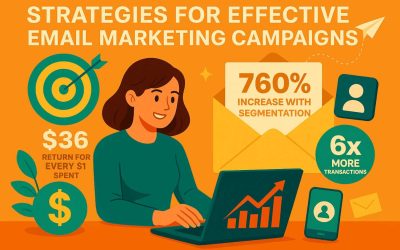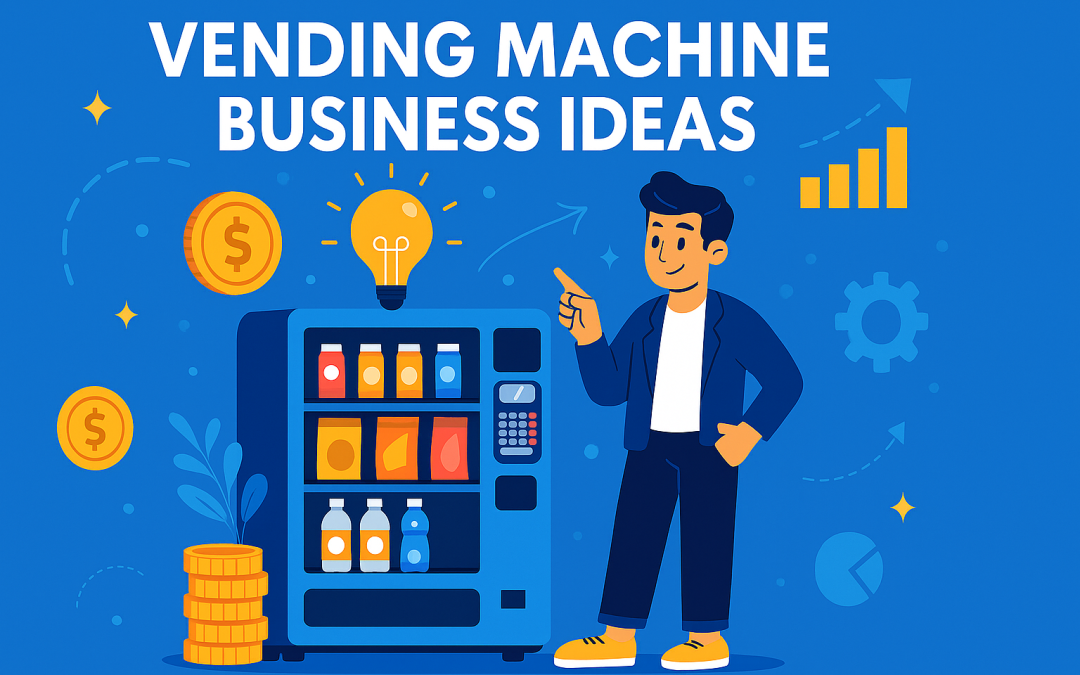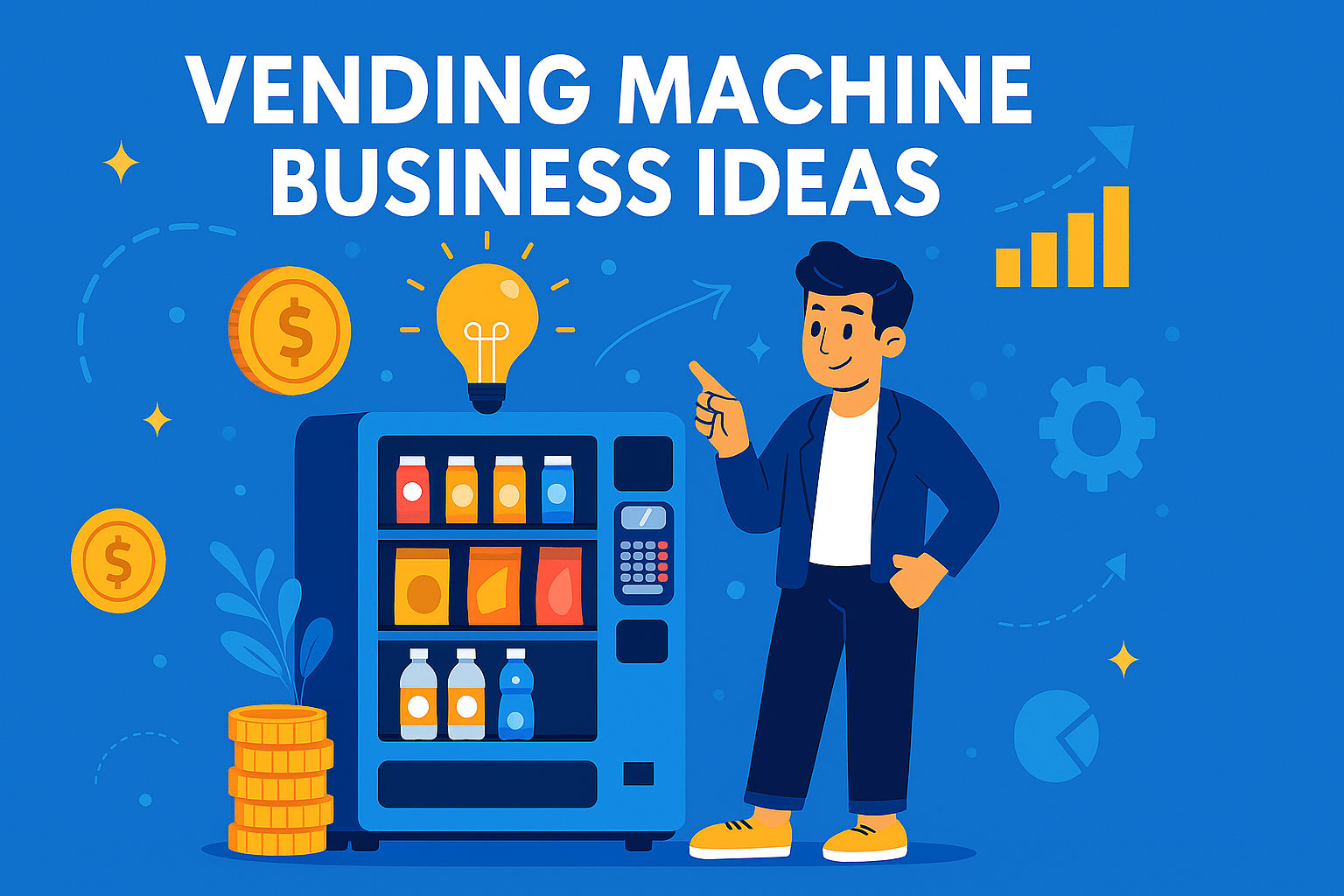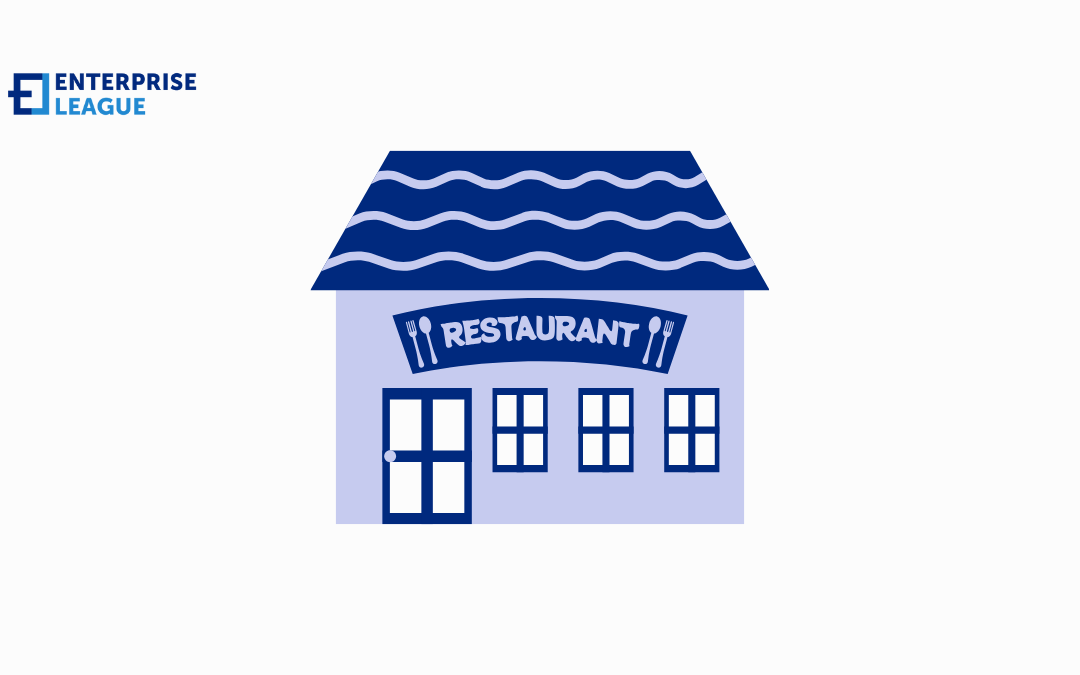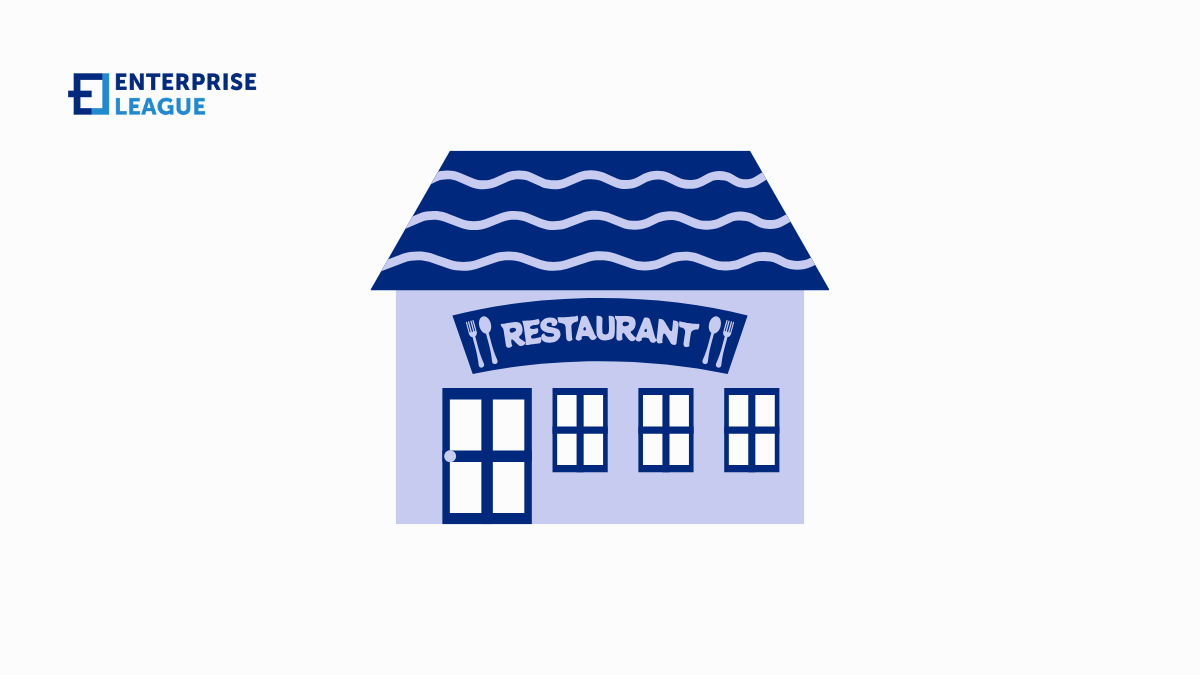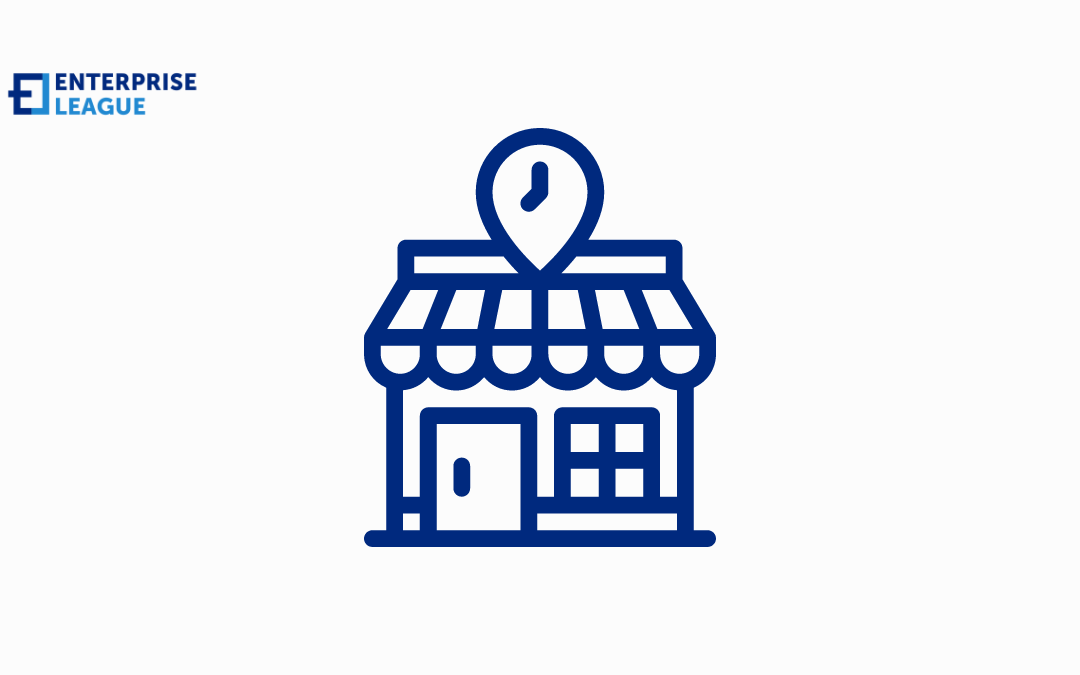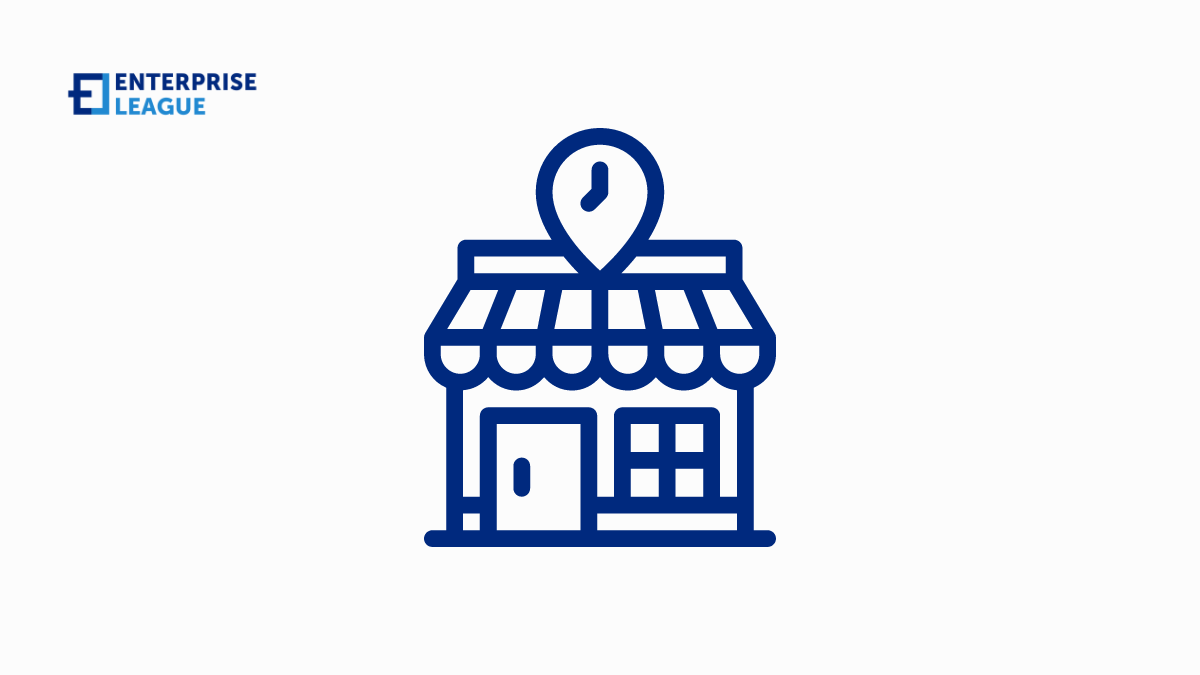A team outing can be the perfect way to reward your co-workers for their hard work, but having a nice time doesn't mean you have to break the bank. Fortunately, there are many ways to plan a corporate retreat on a budget. With so many components going into the ideal...
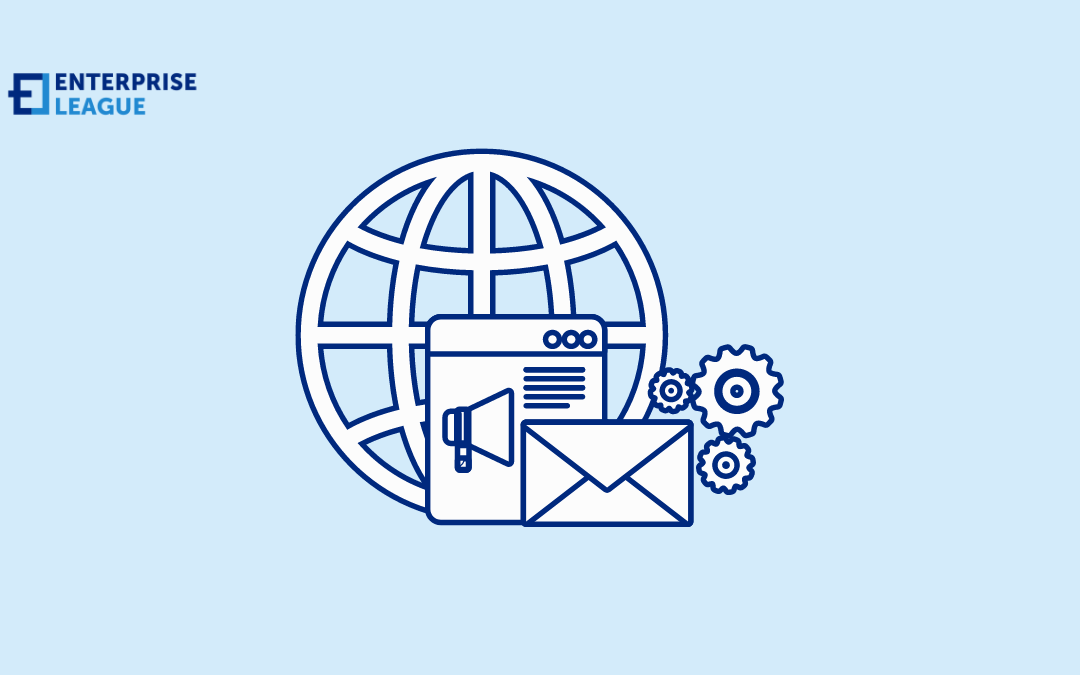
18 trending digital marketing business ideas in 2025
Digital marketing has become the most popular way to advertise your company name, products and services. Since we live in an era where everything is digitalized and the usage of technology is necessary, knowing a few digital marketing business ideas will be a great help if you want to start your own business in this industry. The number of businesses that include digital marketing within their marketing strategies is growing fast which makes the market size for this industry valued at USD 780 billion in 2023 and is estimated to increase by around 11.1% during the forecast period 2030.
If look closely at these statistics, the numbers also show that there is a lot of competition in this field but thankfully there are a lot of resources for upskilling yourself and staying up-to-date with the latest trends. Remember, business is a marathon and with clear goals and persistence, you can definitely set yourself apart from the competition.
Top 18 digital marketing business ideas
We can assure you that becoming a digital marketer is not quantum physics but it requires a proper education like courses or training and throughout research on what suits you well. That’s why we’ve decided to give you some digital marketing business ideas that might help you make an easy decision.
Event marketing services
An event marketing services business helps clients promote brands, products, or services through memorable experiential consumer interactions at high-visibility locations and gatherings. As traditional advertising loses effectiveness, branded booth sponsorships, contests, and live demonstrations better engage potential customers for recall.
An independent specialist first assists area companies with crafting buzzworthy giveaways, games, digital activities or speaker sessions refines messaging then coordinates all permits, logistics, staffing, and follow-up around selected venues, events, or neighborhoods. Over time, refining performance metrics and maintaining strong venue manager relationships based on execution history gives a reputable partner access improving visibility even during exclusive happenings.
How much you can make: $50,000 – $500,000 annually
How much does it cost to start: $5,000 – $50,000
How long does it take to build: 3-6 months
Search engine optimization
An SEO service provider helps by auditing sites, recommending and implementing keywords, link building, and other evidence-based optimization strategies suited for each client. This not only helps increase their search rankings but also helps them garner more qualified visitors and leads. Overall, offering professional SEO services allows one to monetize an understanding of algorithms and market demand for better search visibility.
How much you can make: $50,000-$200,000+/year
How much does it cost to start: $1,000-$5,000
How long does it take to build: 6-12 months
Email marketing
It offers email marketing services to businesses to help promote their products/services and maintain relationships with customers. Email marketing business is profitable since email continues to be a vital digital marketing channel – it helps drive traffic, conversions, and sales if done effectively.
An email marketing service provider assists clients by creating customized email campaigns like new product announcements, special deals, newsletters with helpful content, birthday offers, etc., and sending them out to the client’s subscriber list. This keeps customers continuously engaged. It helps clients promote without large advertising budgets. The business owner enjoys applying creativity in designing compelling email campaigns.
How much you can make: $50,000-$150,000+/year
How much does it cost to start: $500-$2,500
How long does it take to build: 3-6 months
Social media marketing
A social media marketing agency assists clients by devising their social media strategies, creating interesting content suited for various platforms like Facebook, Instagram, Twitter, and Pinterest, and managing their social media handles to boost follower count and interaction. This helps promote businesses without large advertising budgets so they can capitalize on social media’s popularity and target specific audiences more precisely.
How much you can make: $50,000-$150,000+/year
How much does it cost to start: $500-$2,500
How long does it take to build: 3-6 months
Content marketing and creation
It offers professional content marketing and creation services to businesses to help promote their brand, products, or services by developing high-quality, valuable content. A content marketing agency assists clients by devising data-driven content strategies, creating well-researched, optimized content in various formats that resonate with target audiences, and distributing that content effectively. This helps establish businesses as thought leaders in their niche without large advertising budgets. It provides useful information to audiences.
Overall, a content marketing services provider allows entrepreneurs to monetize essential expertise in producing high-impact content while enabling clients lacking these skills to reinforce brand perception, and increase site traffic, leads, and sales.
How much you can make: $50,000-$200,000+/year
How much does it cost to start: $1,000-$5,000
How long does it take to build: 3-6 months
Affiliate marketing
Affiliate marketing services are offered to businesses to help promote their products or services. This can be a viable business since many companies want to increase sales but lack the marketing resources to do so themselves. An affiliate marketer assists clients by placing links, banners, and content promoting the company’s offerings on their own high-traffic website, social media, or other digital channels.
If any site visitor gets persuaded to complete a lead generation form or make a purchase, the affiliate earns a share of that transaction as a commission. This is a cost-effective way for businesses to tap wider networks and boost conversions without large budgets.
How much you can make: $50,000-$200,000+/year
How much does it cost to start: $500-$2,500
How long does it take to build: 6-12 months
Digital advertising agency
Unlike traditional media, digital ads allow improved personalization, tracking, and optimization. This expands client reach significantly without relying solely on organic traffic.
How much you can make: $100,000-$500,000+/year
How much does it cost to start: $10,000-$50,000
How long does it take to build: 6-12 months
Web design and development
It offers professional web design and development services to businesses needing an online presence. Building customized websites and web applications can be a lucrative business since nearly every company today requires an engaging, functional site/app to connect with modern audiences.
Web development startups and established providers alike assist clients by – planning site architecture for their needs and goals, designing an intuitive UI/UX, and developing and coding responsive front-end sites/apps backed by efficient back-end CMS platforms. The entire process is tailored for each client vertical. This enables organizations lacking specialized web tech skills to establish robust online properties that provide rich user experiences critical for converting site traffic into customers.
How much you can make: $50,000-$200,000+/year
How much does it cost to start: $2,000-$10,000
How long does it take to build: 3-6 months
Retargeting advertiser
Retargeting advertiser help businesses reconnect with website visitors who left without completing a purchase. This can be a viable business since retargeting ensures brands stay top-of-mind and nurtures leads by reminding audiences about their offerings across sites they browse.
A retargeting agency first adds tracking pixels on a client’s site. Then they create customized display ads to serve to visitors who were on the site but didn’t convert. When these users later visit other sites, they see relevant ads reminding them about the client’s products/services, which can lead them back to make a purchase. This helps clients cost-effectively turn more site traffic into confirmed customers.
How much you can make: $50,000-$150,000+/year
How much does it cost to start: $1,000-$5,000
How long does it take to build: 3-6 months
E-commerce marketing
An e-commerce marketing agency assists e-commerce clients by devising data-backed growth strategies, creating personalized shopping experiences for their target customer personas, optimizing their store for conversions across devices, running multi-channel digital advertising campaigns, and providing SEO and customer retention services. This enables online businesses to better understand their customers, engage them effectively at scale and thereby drive more quality traffic to their platform leading to increased transactions and revenues.
How much you can make: $50,000-$200,000+/year
How much does it cost to start: $2,000-$10,000
How long does it take to build: 3-6 months
Video marketing
A video marketing business helps clients promote products, services, or brand stories through professionally customized film content. As online browsing habits shift toward streaming media across devices, targeted video campaigns connect with wider audiences authentically.
An independent videographer first establishes a niche such as social media ads, 3D animation explainers, or commercials highlighting regional businesses through superior on-screen storytelling. Advanced equipment, editing software, and online advertising ecosystem mastery develop high production values rivaling expensive studios.
How much you can make: $50,000-$200,000+/year
How much does it cost to start: $2,000-$10,000
How long does it take to build: 3-6 months
Pay Per Click (PPC) consultant
A pay-per-click (PPC) consultant business would advise and manage paid search engine advertising campaigns for clients seeking more website traffic or sales. An independent specialist begins demonstrating optimized returns across client search ads through Keyword research, bid adjustments, and ad copy refinements tailored for every unique offering. Over time, honing campaign analytics around goals like lead generation and video views establishes trusted ongoing partnerships extending beyond temporary agency reliance into a larger strategy.
Seasoned PPC consultants become versatile assets coordinating initiatives across channels like paid social or product listing enhancements for showcasing niche mastery around site visibility and traffic-to-revenue performance both on and off major search platforms.
How much you can make: $50,000-$150,000+/year
How much does it cost to start: $1,000-$5,000
How long does it take to build: 3-6 months
Digital marketing analyst
A digital marketing analyst business would assess client website metrics, advertising data, and online assets to derive performance insights improving internet visibility and conversion rates. Many companies possess underutilized customer data, disjointed branding, and site functionality issues losing sales.
An independent analyst compiles filtered reports presenting ranked priorities across owned properties and campaigns. This illuminates statistical customer behavior from initial touchpoints toward purchasing based on volumes, site navigation ease, paid/organic breakdowns, etc. Ongoing collaborations build executable digital strategies solving complex business development needs through insightful intelligence. As online competition and consumer media consumption perpetually grow, the marketing analyst serves as an impartial navigator consulted early when launching websites or new initiatives for advantaged navigation based on trends.
How much you can make: $50,000-$150,000+/year
How much does it cost to start: $1,000-$5,000
How long does it take to build: 3-6 months
Digital public relations specialist
A digital public relations specialist business would help clients build brand awareness and strategic messaging through online media platforms. As traditional PR shifts focus toward owned social channels and influencer partnerships over print and TV, an independent specialist defines an internet presence that consistently engages target demographics. This begins by auditing existing assets for opportunities to reveal authentic stories recycled into shareable news releases, podcast interviews, sponsored evergreen content, and live streams reporting company vision.
Over time, pitching relevant announcements expands website visitors and positive sentiment through search rankings and community interactions. The PR specialist ultimately streamlines interpersonal communications both internally and externally to nourish transparent relationships with customers. Their role also includes advising around risk or crisis containment regarding timely responses.
How much you can make: $50,000-$150,000+/year
How much does it cost to start: $1,000-$5,000
How long does it take to build: 3-6 months
Web analytics administrator
A web analytics administrator business would implement, configure, and analyze data tracking across client websites and mobile applications to derive actionable insights driving growth. As online presences get measured in endless matrices, focused analytics administration helps construct simplified reporting dashboards fulfilling specific key performance indicators.
An independent specialist begins assessing needs around lead monitoring, sales conversion, or brand impression goals. They set up proper analytics tracking, data layering, customized segmentation, and dashboard automation automating complex statistics reconciliation into dynamic visual guidance. Offering part-time affordable guidance, the analytics administrator sustains growth momentum through right-time findings, alerts, and forecasting models tailored for the organization’s online vision from launch and beyond.
How much you can make: $50,000-$150,000+/year
How much does it cost to start: $1,000-$5,000
How long does it take to build: 3-6 months
Online ad management
An online ad management business expertly handles paid advertising campaigns across search, social, and shopping channels on clients’ behalf for increased exposure and sales. As digital promotions grow more complex with expanding options to explore, ad management expertise tailors and refines messages toward warm target markets efficiently.
Specialists first determine specific campaign goals, parameters, and branding guidelines for cultivating ideal reach through Google, Facebook or Amazon. Overall online ad management promises brands to achieve more influence through dedicated specialization.
How much you can make: $50,000-$150,000+/year
How much does it cost to start: $1,000-$5,000
How long does it take to build: 3-6 months
Digital blogging
A digital blogging business specializes in building customized editorial websites featuring recurring post content tailored by topic for specific audiences. As online readerships fragment toward niche passions, independent bloggers attract viewers through consistent high-quality storytelling saturating a defined interest like sustainable travel, vinyl record collecting, or small space home renovations.
Leveraging both journalistic research skills and SEO best practices helps ranked topical blogs stand out as trusted hobby resources. Monetization options abound through affiliate marketing, digital product offerings, sponsored native posts, or bespoke writing commissions once regularly returning readership scales through social shares. Over time diversification between multiple blogs and YouTube channels with integrated eCommerce stores maximizes authority site ad earnings from display ads.
How much you can make: $30,000-$100,000+/year
How much does it cost to start: $500-$2,500
How long does it take to build: 6-12 months
Strategic marketing analyst
A strategic marketing analyst business would evaluate client situations to inform data-driven planning strengthening brand positioning and sales funnels through consumer insights. While creative advertising sets tones, analytical guidance grounds effective messaging into responsible calls-to-action.
An independent analyst reviews existing collateral and then surveys target demographics for shaping future initiatives suiting both company capabilities and customer needs. Competitor research further frames marketplace gaps to fill.
How much you can make: $50,000-$150,000+/year
How much does it cost to start: $1,000-$5,000
How long does it take to build: 3-6 months
Conclusion
It’s important to remember that achieving success in digital marketing requires a perfect blend of creativity, strategic thinking, and a profound understanding of your target audience. With the right mindset, a solid strategy, and a commitment to excellence, there’s no limit to what you can achieve in the world of digital marketing.
More must-read stories from Enterprise League:
- Unique ways to show your employees you care about them.
- Things to consider before deciding on a business location.
- Why hiring millennials might be the best decision you can ever make.
- Profitable online education business ideas that you should be aware of.
- Unique and profitable drone business ideas you should be aware of.
Related Articles
How to Plan a Corporate Retreat That Uses Fewer Dollars, More Sense
What Are the Top HVAC Installation Companies in the Harrisburg, PA Area – 10 Options to Keep You Comfortable
Business owners need to ensure their clients are comfortable within their premises. Finding reliable HVAC installation companies in the Harrisburg, PA area can help create that ideal environment. Temperature swings in Pennsylvania are common throughout the year, so...
Maptive Review: A Smart Choice for Business Mapping?
Maptive is a web-based mapping software that transforms spreadsheet data into interactive maps. The platform operates through a browser interface and requires no software installation. Users upload data, and the system creates visual representations with various...
Crack the code: How to build a winning email marketing campaign
In a crowded digital space where attention spans are short, email marketing continues to deliver impressive results. It remains the most direct way to reach customers and drive sales. The numbers speak for themselves: email marketing generates $36 for every $1 spent,...
Patient Portals in Practice: Measurable Gains and Ongoing Gaps
Healthcare technology changes fast, but patient portals stand out as a practical tool with clear benefits. They reduce avoidable emergency visits, limit missed appointments, and give patients direct access to their records. These improvements save time for providers...





